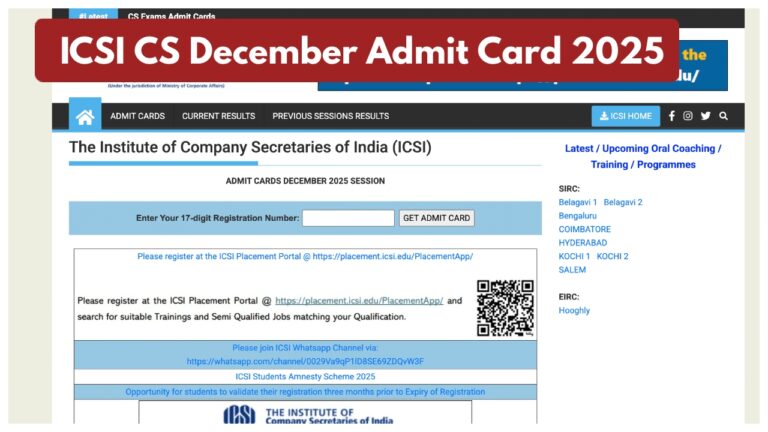Millions of investors invest in mutual funds through SIP. However, very few are aware of STP (Systematic Transfer Plan). SIP involves making investments in mutual fund schemes on fixed dates at regular intervals, often once a month.
On the other hand, STP allows investors to invest a lump sum amount in a mutual fund scheme, usually a debt fund. This amount is then transferred to equity schemes at regular intervals.
In simpler terms, STP enables investors to transfer money from a low-risk scheme, such as a debt fund, to a high-risk scheme, like an equity fund. This strategy helps investors manage risk effectively while aiming for better returns.
Key Differences Between SIP and STP
Under SIP, money is deposited directly from the investor’s bank account into the mutual fund. This promotes disciplined investing without requiring a large initial amount. In contrast, STP involves an initial lump sum investment in a debt fund. From there, money is regularly transferred to equity funds, allowing for strategic allocation adjustments over time.
Advantages of SIP
SIPs offer the benefit of rupee cost averaging, reducing the impact of market volatility. Investors buy more units when prices are low and fewer units when prices are high. SIPs are also highly flexible, enabling investors to start with small amounts and adjust contributions based on their financial situation.
Advantages of STP
STP helps mitigate market risks and enhances returns by reallocating assets based on stock market performance. It is particularly beneficial for investors with sufficient funds who want to gradually shift their investments into equities, avoiding the risks associated with lump-sum investments. STP also provides the advantage of rupee cost averaging, protecting investors from market fluctuations and reducing the need to closely monitor market trends.
When SIP Might Be Better:
- If you have a regular income and want to invest consistently.
- If you are investing for the long term (5+ years) for goals like retirement.
- If you want a disciplined investment habit without worrying about market levels.
When STP Might Be Better:
- If you have a lump sum to invest but are unsure about market conditions.
- If you want to gradually shift from low-risk debt to high-risk equity investments.
- If you want to tactically allocate across asset classes based on market situations.
These aren’t strict rules. You can combine SIP and STP in your financial plan. For instance, you can invest surplus money in a debt fund via SIP and transfer portions to an equity fund through STP. Whether you choose SIP, STP, or both, the key is to invest regularly, stay invested long-term, and align your strategy with your risk appetite and goals. Both SIP and STP help navigate market fluctuations, create wealth, and benefit from compounding over time. Start early and stay consistent.










